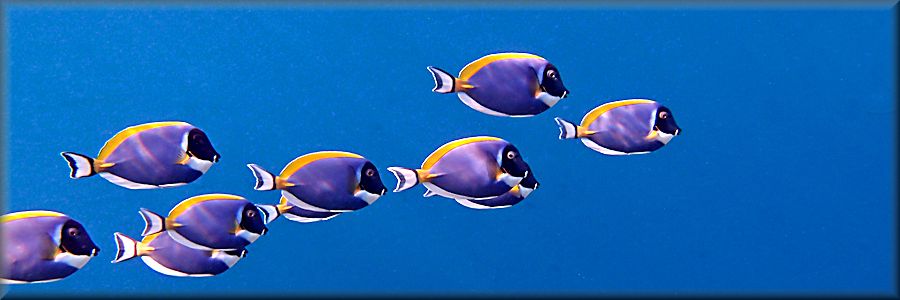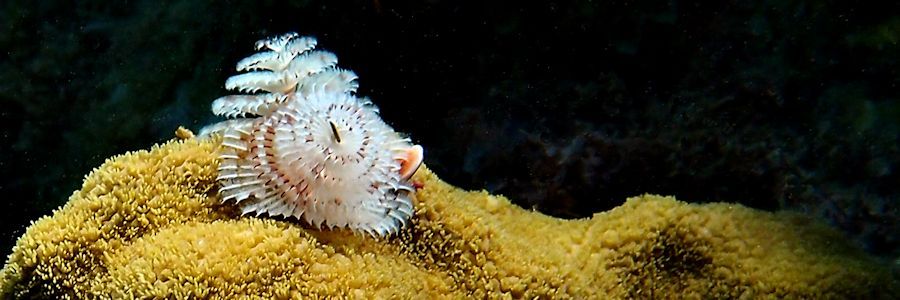Underwater photography | snorkeling photography
Best snorkeling in, which camera and underwater housing to use
Tips on how to snorkel and photo-editing underwater photos...
Destinations - the best snorkelling destinations I've found are in The
Red Sea and The Maldives, more than The Caribbean. Here the fish often seem to be
sparser. Even so, there are very worthwhile places in The Caribbean.
Features of an ideal snorkelling photography spot:-
Features of an ideal snorkelling photography spot:-
- good visibility where currents are not too strong
- sheltered, including relatively little surge or swell
- easy access, ideally off the beach (no need for a boat trip)
- sizeable area with depths up to 5 metres
- healthy corals and abundant fish
- nearby deeper area from which large pelagics can appear
- little (or no) boat traffic
Gear - for general snorkelling and snorkelling photography is in many ways
similar but there are some differences. The big, controversial and very personnel decision is whether
or not to carry weights. There is no right or wrong to this.
Snorkelling photographers are more likely to:-
Snorkelling photographers are more likely to:-
- use 'dry' snorkels, as spend considerable time underwater
- use goggles with side lenses for better all-round visibility
- if wear glasses, fit non-matching prescriptions in mask
- avoid using long fins, which can damage corals
- choose fins for manouverability, rather than speed/ power
- consider using a weight belt and weights
- dive with an observant buddy
Cameras - many modern compacts are up to the job and need not be the most
expensive. The features outlined are a mix of both the camera and its underwater housing.
Features of an ideal snorkelling compact camera:-
Features of an ideal snorkelling compact camera:-
- housing designed specifically for the camera model
- white balance underwater setting (not 'underwater' mode)
- a 'light' lens
- easy to see and use buttons (even with fat fingers)
- easily adjustable flash - not just on or off
- ability to add 'wet' lenses (with common 67mm thread?)
- quick focus and quick fire ie little lag
Photo editing - a vaste improvement can be made to your shots with relatively
easy photo editing. Many of the features needed are available in low cost, or even free, software.
Basic photo-editing will or can include:-
Basic photo-editing will or can include:-
- colour balance adjustment to remove too much blue
- contrast/ lightening/ darkening/ fill light - as required
- saturation to bring out the softer colours
- clarity to give a clearer, more 3-D effect
- sharpening to improve focus
- cloning to reduce backscatter
- cropping for composition



